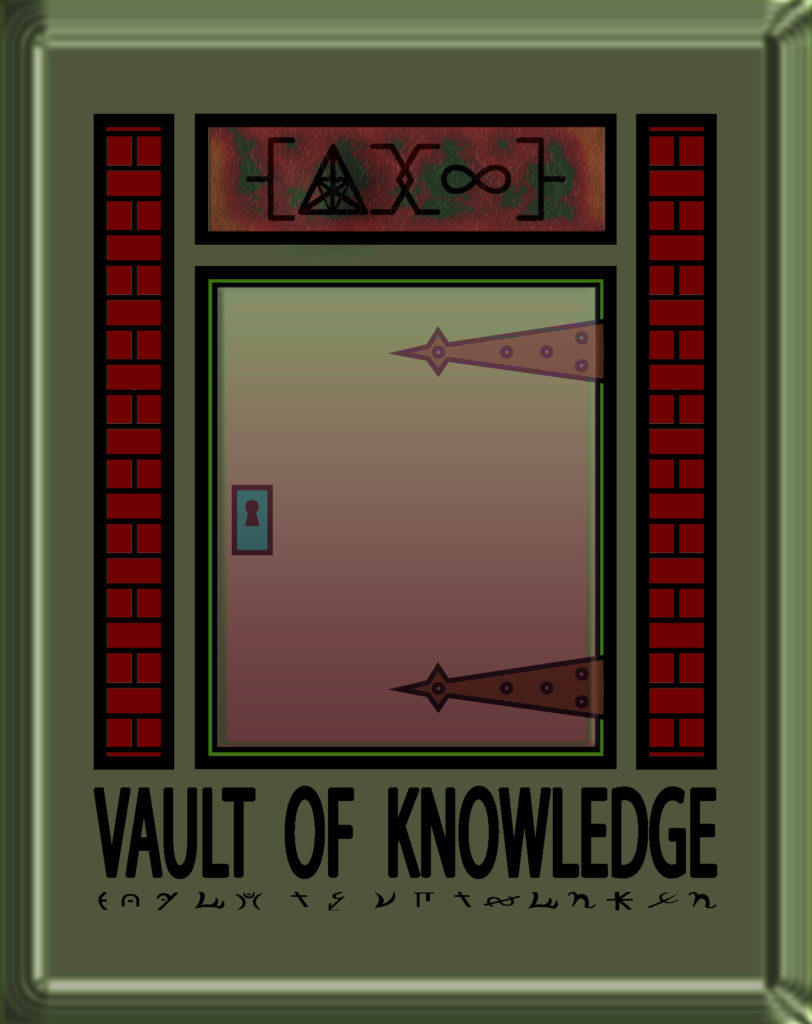Time travel is one of those things that is great as a concept, but all too often a horrible miss in execution. Be it in books, movies, or TV, too often the author thinks that the phrase “It’s time travel, who can understand it?”, or “Temporal physics gives me a headache,” is all they need to get away with any sequence of illogic they can think of. But time travel, like all things, must have self-consistent logic.
All one has to remember is Cause and Effect; you just have to think in something more than a linear three-dimensional fashion. An event in the future can still be the cause of something in the past via a trip through time, as long as keep track of the sequences of cause and effect and what started what, even if most of it is more behind the scenes and not explicitly told in the story.
A perfect example, is the much abused Time Loop, whereby someone from the future creates a situation in the past which leads to events that make it possible for him back in the future to get to where he was before he traveled back in time. The problem here is that most of the time this is a closed loop; there is no entry point that could have started the whole mess off. There has to be an initial iteration where the character or situation would have gotten more or less to that point without the temporal intervention.
Let’s take a specific badly written example, one taken from an actual SF show. Traveling through space, the ship was passing by a solar system, briefly scanned it, and was about to move on before the whole system exploded. Naturally they went in to investigate, got caught up in something that threw them back in time just enough to be the cause of that world’s explosion. Only by realizing the loop and deciding to tell their present selves to pass up the system entirely does the loop break and the world does not explode. The problem here is that the ship was about to pass up the world in the first place, and thus would never have caused the events at all.
Or the Terminator movie. The machines created the time travel machine to stop our hero John Connor from being born, but that is how the kid’s father was able to go back in time so he would be born. If they hadn’t built the machine, the hero would never have been born, the machines would have won, and they would never have had a reason to build the time machine at all. There is a Loop here but no way for it to have happened.
Okay, so how do we make this work? First, look upon each cycle of the time loop as an iteration; the first iteration is the one that has to lead to the others, which can then close the loop. Let’s work with the Terminator loop to see how that could have arisen. Suppose in the first iteration it was the humans that had secretly developed a time machine so they could send someone back to stop the machines from arising. The machines are closing in on the Humans’ last holdout just as one guy leaps through the portal. All humans killed save the one who got away, so the machines send one Terminator back to stop him. The guy fathers a kid with someone who helps him stop the Terminator but not before he himself is killed. Kid grows up to become John Connor, who with this foreknowledge brings the machines down, and now it is the Machines who build the time machine to stop the humans and thus our final time loop is established.
So even in the extra dimension of time we have a cause and effect. Just remember that even temporal loops need a way in at some point, either from a sequence of events or an outside force to influence things. It is not enough to simply wave your hands and say that it’s time treavel and so no one understands it. Well, in this case that would be the writer.







 Users Today : 383
Users Today : 383 Total views : 4353430
Total views : 4353430 Who's Online : 11
Who's Online : 11

